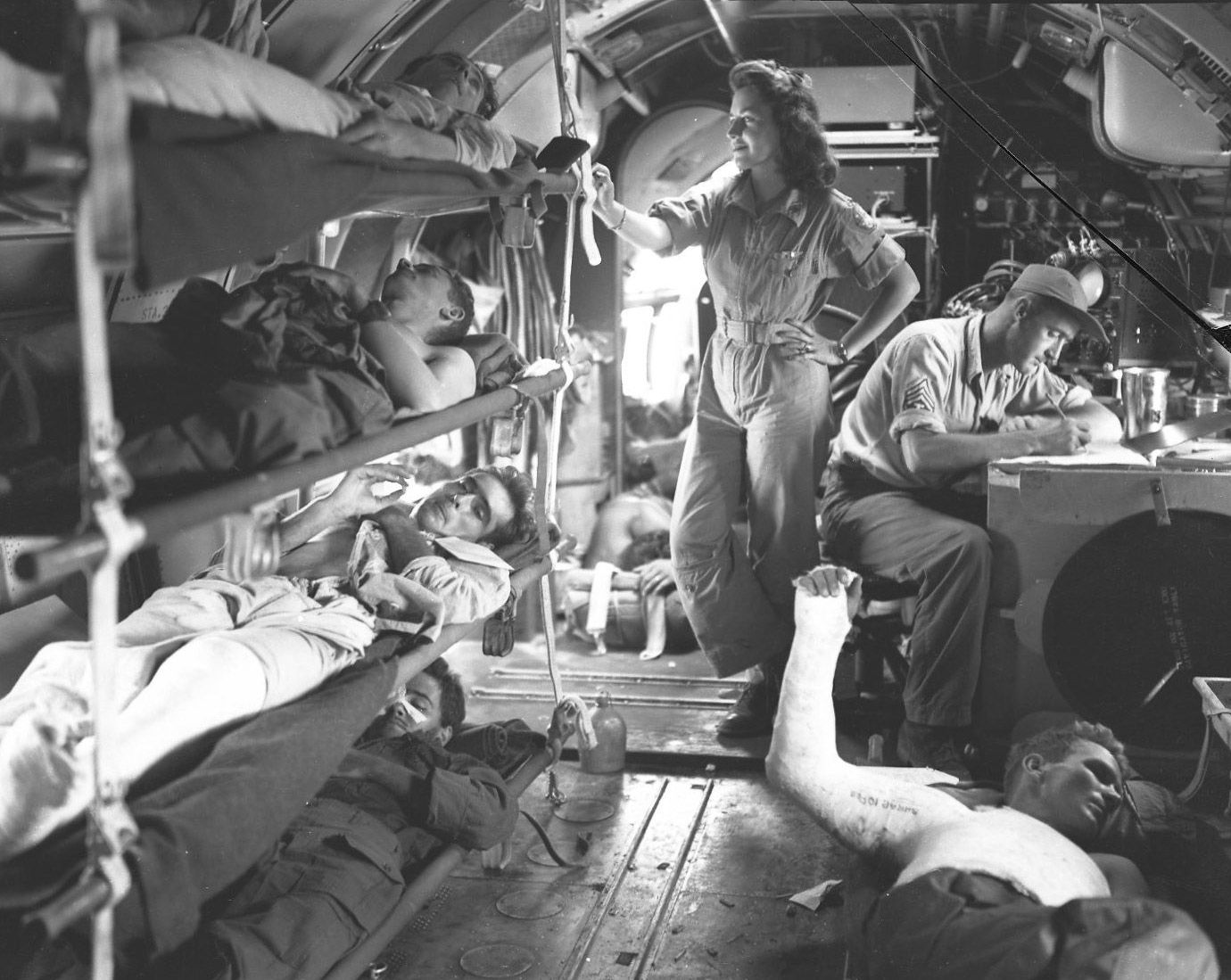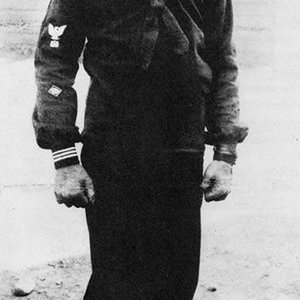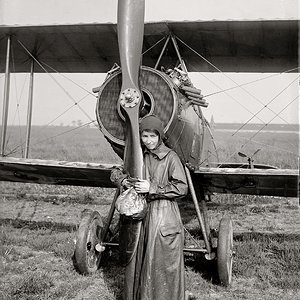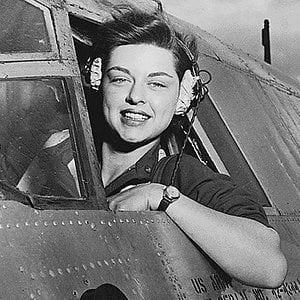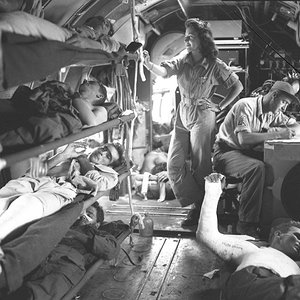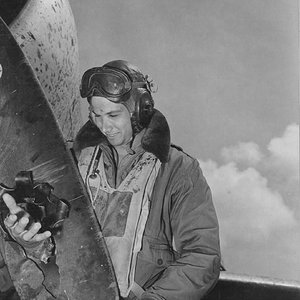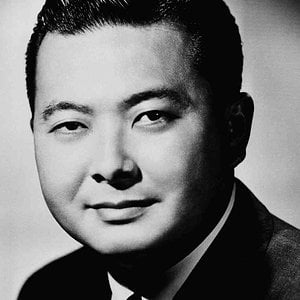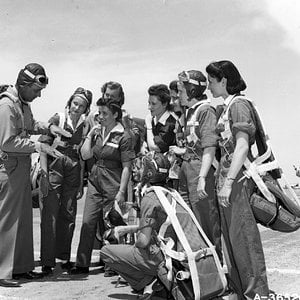Navigation
Install the app
How to install the app on iOS
Follow along with the video below to see how to install our site as a web app on your home screen.
Note: This feature may not be available in some browsers.
More options
You are using an out of date browser. It may not display this or other websites correctly.
You should upgrade or use an alternative browser.
You should upgrade or use an alternative browser.
C-46 manila full of wounded 1945
The Curtiss-Wright C-46 Commando was a transport aircraft originally derived from a commercial high-altitude airliner design. It was instead used as a military transport during World War II by the United States Army Air Forces as well as the U.S. Navy/Marine Corps under the designation R5C. Known to the men who flew them as "The Whale," or the "Curtiss Calamity," [2] the C-46 served a similar role as its counterpart, the Douglas C-47 Skytrain, but was not as extensively produced. At the time of its production, the C-46 was the largest twin-engine aircraft in the world, and the largest and heaviest twin-engine aircraft to see service in WWII.
After World War II, a few surplus C-46 aircraft were briefly used in their original role as passenger airliners, but the glut of surplus C-47s dominated the marketplace with the C-46 soon relegated to primarily cargo duty. The type continued in U.S. Air Force service in a secondary role until 1968. However, the C-46 continues in operation with Buffalo Airways as a rugged cargo transport for Arctic and remote locations with its service life extended into the 21st century
The Curtiss-Wright C-46 Commando was a transport aircraft originally derived from a commercial high-altitude airliner design. It was instead used as a military transport during World War II by the United States Army Air Forces as well as the U.S. Navy/Marine Corps under the designation R5C. Known to the men who flew them as "The Whale," or the "Curtiss Calamity," [2] the C-46 served a similar role as its counterpart, the Douglas C-47 Skytrain, but was not as extensively produced. At the time of its production, the C-46 was the largest twin-engine aircraft in the world, and the largest and heaviest twin-engine aircraft to see service in WWII.
After World War II, a few surplus C-46 aircraft were briefly used in their original role as passenger airliners, but the glut of surplus C-47s dominated the marketplace with the C-46 soon relegated to primarily cargo duty. The type continued in U.S. Air Force service in a secondary role until 1968. However, the C-46 continues in operation with Buffalo Airways as a rugged cargo transport for Arctic and remote locations with its service life extended into the 21st century

